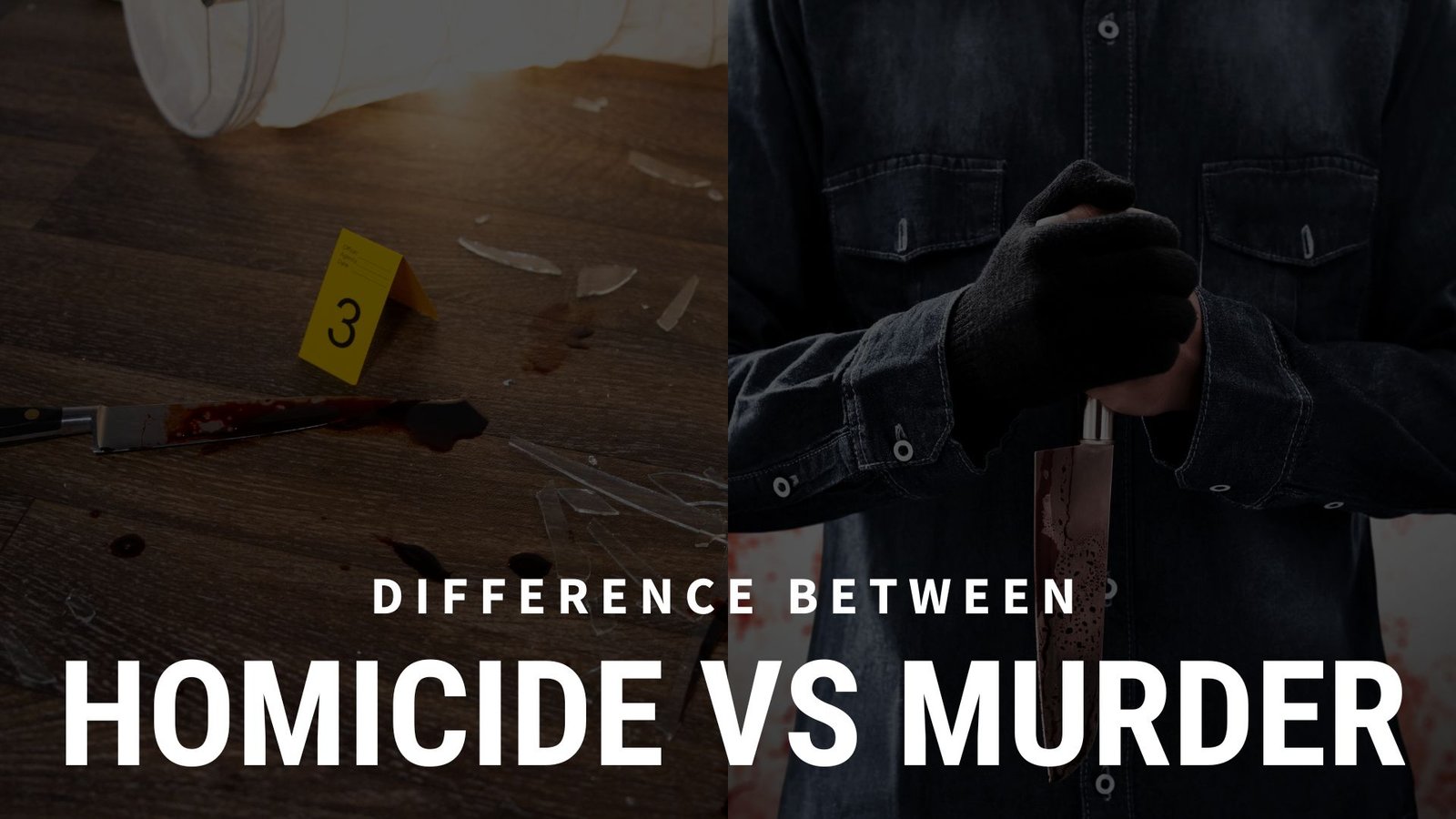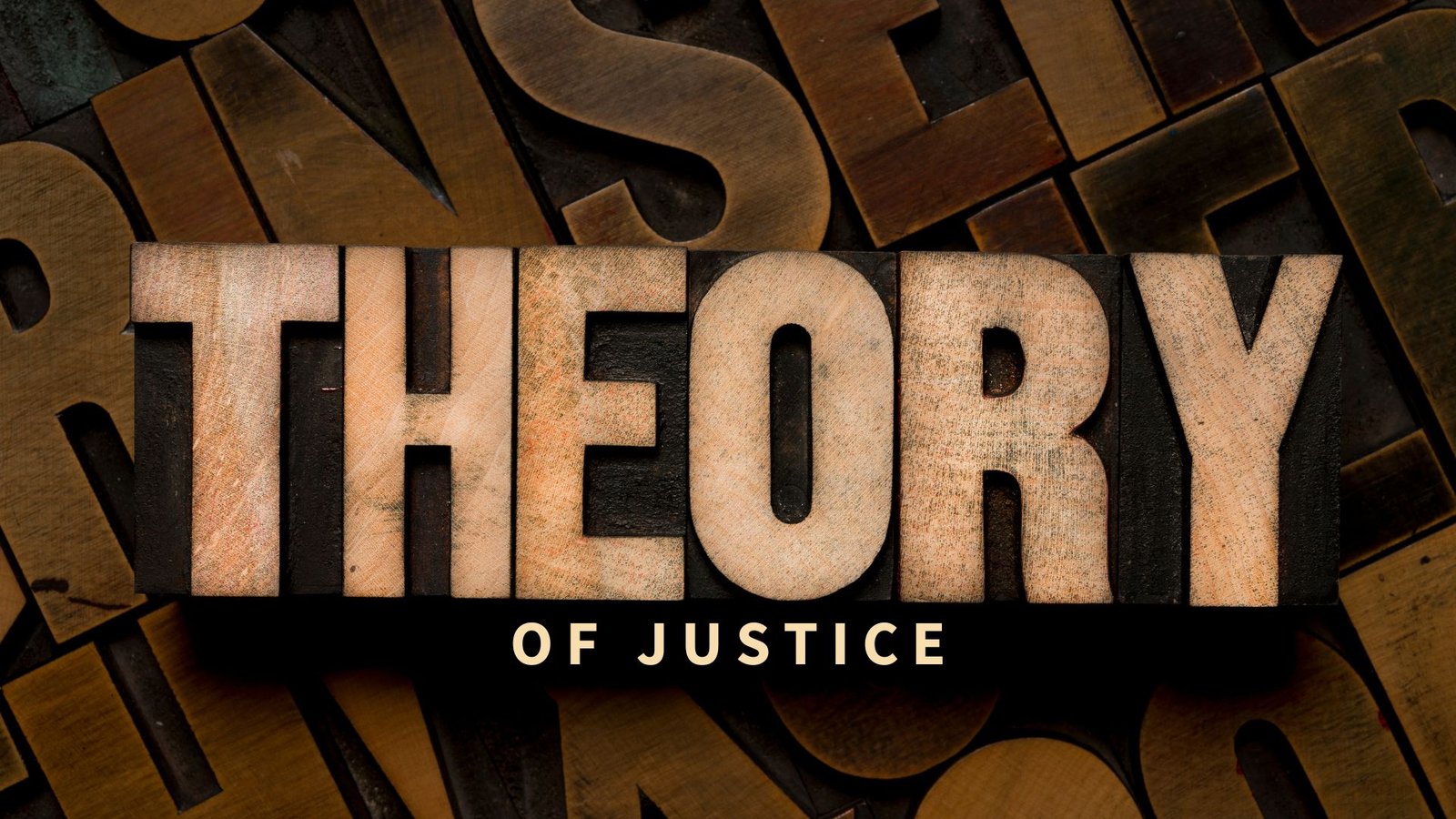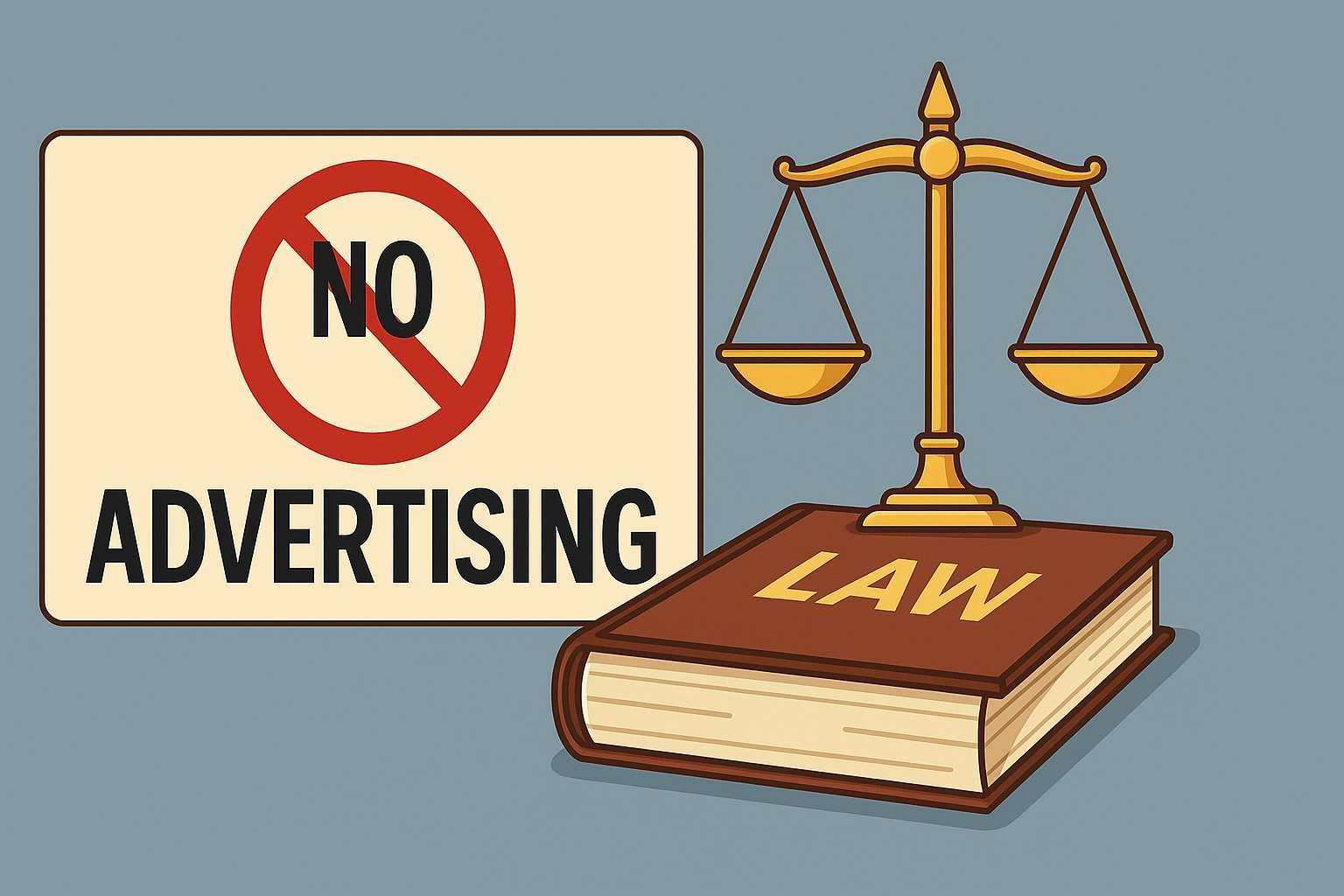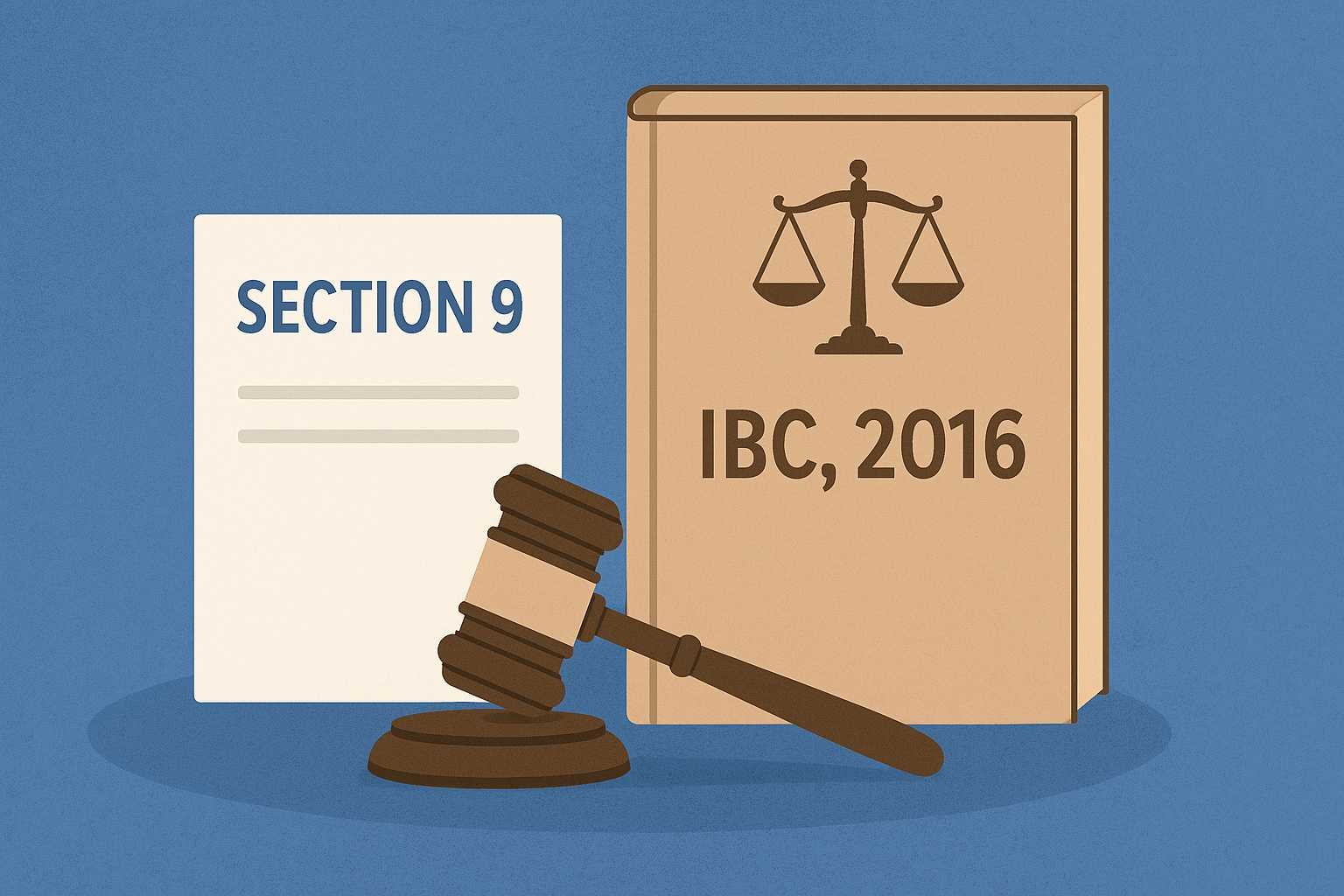On this page you will read detailed information about Difference Between Homicide vs Murder.
When you come across the terms “homicide” and “murder” in news reports or crime dramas, you may use them interchangeably. However, these words have distinct meanings in the legal system. As you read this article, you will learn key differences between homicide and murder. The article will explain the technical definitions, give context on relevant laws, and provide examples to help distinguish between the two. You will also learn about the implications of labeling a death as a homicide or a murder, including how it impacts criminal charges. This background will empower you to use precise language when discussing fatal crimes.
Defining Homicide
Homicide refers to the act of killing another human being. In legal terms, it means the killing of one person by another, regardless of intent or other circumstances. Homicide encompasses both legal and illegal acts of killing.
Types of Homicide
The two broad categories of homicide are lawful and unlawful. Lawful homicide includes killing in self-defense, during war (combat), or as a lawful execution. Unlawful homicide refers to acts of killing that constitute murder or manslaughter.
Murder is the unlawful, intentional killing of another person. It requires the perpetrator to act with “malice aforethought” meaning intent to kill or cause grievous harm. Manslaughter refers to an unlawful killing that lacks malice aforethought. It is less culpable than murder. Manslaughter may be voluntary, meaning the perpetrator intended to cause harm, or involuntary, meaning the perpetrator acted recklessly or negligently but without intent to kill.
Key Elements
For a homicide to be considered unlawful, certain elements must be present. First, the killing must be of a living human being. Causing the death of a fetus or corpse does not constitute homicide. Second, the death must occur within a year and a day of the act or omission that caused it. Third, the perpetrator’s act or omission must be the direct and proximate cause of death. Fourth, the killing must be unlawful, meaning unjustified or inexcusable. Lawful acts of killing, such as self-defense, are not criminal homicides.
In summary, homicide is a broad term that encompasses all acts of killing another person. Murder and manslaughter are two categories of unlawful homicide that require criminal prosecution. Distinguishing between these terms and understanding the elements of each is important in the legal field.
In the previous post, we had shared information about Criminal Trespass: Elements, Defenses, and Penalties, so read that post also.
Defining Murder
Murder is defined as the killing of one human being by another human being, where the killer acted with malice aforethought. In legal terms, murder specifically refers to such an act that is unlawful and premeditated. Premeditation means that the killing was planned or intentionally carried out, rather than occurring spontaneously or accidentally.
Malice Aforethought
For a killing to be considered murder, the perpetrator must have acted with “malice aforethought”. This means that the killer demonstrated a deliberate intention to kill, or acted with a depraved indifference to human life. Malice aforethought does not require hatred, spite or ill-will. It can be inferred from the intentional use of a deadly weapon or other lethal force against another person.
First-Degree Murder
First-degree murder is the most serious form of murder. It refers to an unlawful killing that is both willful and premeditated. Premeditation means that the killing was planned in advance and the perpetrator formulated the intent to kill before committing the act. First-degree murder is often known as premeditated murder. It is punishable by the most severe criminal penalties, including life imprisonment or the death penalty in some jurisdictions.
Second-Degree Murder
Second-degree murder refers to an intentional killing that was not premeditated or planned in advance. It often involves a perpetrator who acts impulsively without preplanning the murder. For example, a killing that occurs in the “heat of passion” during a sudden quarrel or in response to provocation would typically be second-degree murder. While not premeditated, the perpetrator still demonstrated an intent to kill or acted with extreme recklessness and depraved indifference to human life. Second-degree murder is punishable by long prison sentences, often ranging from 10 years to life.
In summary, the key distinction between homicide and murder is that murder requires the element of malice aforethought—a deliberate intention to kill or act with depraved indifference toward human life. Murder is always considered an unlawful act, while some homicides may be legally justified or excused.
In the previous post, we had shared information about Understanding the Hierarchical Structure of the U.S. Court System, so read that post also.
Key Differences Between Homicide and Murder
Definition
Homicide refers to the act of killing another human being. It is a broad term that encompasses non-criminal acts such as self-defense, as well as criminal acts such as murder. Murder, on the other hand, refers specifically to the unlawful killing of another human being with malice aforethought. This means that murder is always a criminal act, while homicide may or may not be criminal.
Intent
A key distinction between homicide and murder is that of intent. Homicide includes any killing of one human being by another, regardless of intent. Murder requires malicious intent or “malice aforethought.” This means that the perpetrator intended to kill the victim or inflict fatal harm. Homicides that lack this element of intent, such as manslaughter or self-defense, do not qualify as murder.
Premeditation
For a homicide to be classified as murder, it must be willful and premeditated. Premeditation means that the perpetrator formed the intent to kill before committing the act. First-degree murder is premeditated, while second-degree murder may be committed in the “heat of passion.” Manslaughter, on the other hand, is an unpremeditated homicide, often committed in the heat of passion.
Punishment
Since murder is an unlawful and premeditated act, it carries harsher punishment than other forms of homicide. In the U.S., murder typically carries a punishment of life imprisonment or the death penalty. Manslaughter and negligent homicide carry less severe penalties, such as imprisonment for a fixed term of years. Justifiable homicides, such as self-defense, are not punishable.
In summary, while all murders are homicides, not all homicides qualify as murder. The key distinctions are intent, premeditation, and punishment. Murder requires malicious intent and premeditation, and is always a criminal act punishable by severe penalties. Homicide is a broader category that includes non-criminal acts, as well as unpremeditated or unintentional killings.
Types of Criminal Homicide
First-Degree Murder
First-degree murder is an unlawful killing that is both willful and premeditated. It means that the perpetrator intended to kill the victim and the act was planned in advance. First-degree murder is the most serious type of criminal homicide and can result in life imprisonment or even the death penalty in some states.
Second-Degree Murder
Second-degree murder refers to an unlawful killing that was not premeditated or planned in advance. It often involves killing in the “heat of passion” or during the commission of a dangerous felony like robbery or arson. Second-degree murder is punishable by imprisonment, typically ranging from 10 years to life.
Voluntary Manslaughter
Voluntary manslaughter refers to an unlawful killing that involved no prior intent to kill. It often involves killing in the “heat of passion,” meaning that the perpetrator was provoked in some way, causing them to lose self-control. The provocation must be adequate enough to cause a reasonable person to become emotionally or mentally disturbed. Voluntary manslaughter is punishable by imprisonment, typically ranging from 5 to 15 years.
Involuntary Manslaughter
Involuntary manslaughter refers to an unlawful killing that was unintentional. It usually involves criminal negligence or recklessness that led to the death of another person. For example, unintentionally killing someone in a drunk driving accident could be charged as involuntary manslaughter. Involuntary manslaughter is punishable by imprisonment, typically ranging from 1 to 10 years, depending on the specifics of the case.
In conclusion, the distinctions between types of criminal homicide depend on the mental state of the perpetrator and whether the killing was willful, intentional, premeditated or unintentional. The punishments for each type of homicide also vary significantly based on these factors.
Penalties for Murder vs. Homicide
Murder and homicide are two terms that are often confused, but they refer to distinct criminal offenses with different penalties. Homicide is a broad term that refers to one human killing another. Murder is a form of criminal homicide that is deliberate and unlawful. The key distinguishing factor between murder and manslaughter (a lesser form of homicide) is the intent and premeditation.
Murder
Murder is the most serious form of homicide, categorized as either first-degree murder, second-degree murder, or capital murder. First-degree murder is an intentional killing that is willful and premeditated. It carries the harshest criminal penalties, including life imprisonment or the death penalty. Second-degree murder is an intentional killing that is not premeditated or planned in advance. It is punishable by life imprisonment or a long prison sentence. Capital murder is first-degree murder that is eligible for the death penalty due to aggravating circumstances.
Manslaughter
Manslaughter refers to a homicide that was not intended or premeditated. There are two types: voluntary manslaughter and involuntary manslaughter. Voluntary manslaughter is an intentional killing that occurs in the “heat of passion” or rage. It carries a prison sentence of up to 15 years. Involuntary manslaughter is an unintentional killing resulting from recklessness or criminal negligence. It is punishable by up to 8 years in prison.
In conclusion, while homicide is a broad term that encompasses any act of one human killing another, murder is a homicide that involves the criminal intent and premeditation behind the act. Manslaughter lacks that criminal intent, resulting in lesser penalties. The categorization of a homicide as murder or manslaughter depends on the circumstances surrounding the killing and the mental state of the perpetrator.
Homicide Statistics in the United States
Homicide, the deliberate and unlawful killing of one person by another, is an ongoing issue in the U.S. According to the CDC, there were over 19,000 homicides in the U.S. in 2019. The homicide rate has declined over time but still remains higher than most other developed nations.
Firearms were involved in over 14,000 homicides in 2019, accounting for nearly three-quarters of all homicides. Arguments, domestic disputes, and gang violence are common motives for homicides by firearm. Stabbings and beatings also contribute to thousands of homicides each year.
Young males, especially those in disadvantaged communities, are disproportionately affected by homicides. For males aged 15 to 34 years old, homicide is a leading cause of death. Those in impoverished, underserved neighborhoods are also at higher risk of homicide.
Some of the major factors that influence the homicide rate include:
- Income inequality and lack of economic opportunity. Impoverished communities often struggle with higher crime rates.
- Access to firearms. The prevalence of firearms enables more homicides, especially those committed in the heat of the moment.
- Substance abuse issues. Alcohol, drugs, and mental health issues can increase the risk of homicide.
- Inadequate education. Lack of education is linked to higher risks of unemployment, poverty, and criminal behavior — all of which influence the homicide rate.
- Broken windows theory. Neglected, unmonitored communities may experience higher crime over time due to a perceived lack of consequences.
To reduce homicides, a comprehensive, collaborative approach across government agencies, community groups, and healthcare systems is needed. Investing in underserved communities, limiting access to firearms for those at risk of violence, and improving mental healthcare and substance abuse treatment are all evidence-based strategies for lowering homicide rates in the U.S. By addressing the root causes that influence homicides, the U.S. can work to build a safer, more just society for all.
Common Homicide Causes and Motives
Homicides, the unlawful taking of human life, happen for a variety of reasons. Some of the most frequent causes and motives behind homicides include:
Arguments and domestic disputes often escalate to violence unexpectedly. Heated verbal exchanges can intensify emotions and lead individuals to act violently in a fit of rage or anger. Domestic partnerships also frequently involve dynamics of power and control that can turn lethal.
Robberies that result in death are usually unintentional, though no less tragic. Individuals may arm themselves when attempting to steal money or valuables, and end up killing their victims in the process. Conversely, some robbers do intend to leave no witnesses, making homicide a primary motive.
Gang-related violence and retaliation can also drive homicide rates. Rival gangs may target each other’s members over issues of pride, reputation, territory, or profit. Sometimes innocent bystanders get caught in the crossfire.
Drugs and the illegal narcotics trade play a significant role in homicides. Buyers, sellers, manufacturers, and traffickers of illicit drugs often resort to violence to gain market share, enforce deals, collect payments, or keep their activities secret. Unfortunately, non-participants sometimes lose their lives as well due to being in the wrong place at the wrong time.
Revenge and vigilantism, though not legally justified, can motivate individuals to kill as a means of exacting punishment or retribution outside the justice system. Perceived slights, insults, betrayals or other wrongdoings, whether real or imagined, may drive a desire for vengeance that culminates in loss of life.
In summary, while the specific motives behind homicides are many and complex, most stem from interpersonal conflicts, criminal activity, or a desire for power, control, or retribution. Tragically, innocent people are also sometimes caught in the wake of such violence due to proximity alone. Understanding the dynamics that drive homicide can help communities implement targeted solutions for reducing rates of violence.
High-Profile Homicide Cases Throughout History
Some of the most well-known homicide cases are those that remain unsolved or have controversial verdicts. These cases often capture public interest and imagination for generations.
One of the earliest high-profile cases was that of Lizzie Borden in 1892. Borden was accused of brutally murdering her father and stepmother with an axe in Fall River, Massachusetts. Although Borden was acquitted, the gruesome details of the crime and the mysterious circumstances surrounding it have endured in American folklore.
The Lindbergh kidnapping in 1932 also gained international attention. The 20-month-old son of aviator Charles Lindbergh was abducted and found dead, despite the payment of a ransom. Bruno Hauptmann was convicted of the kidnapping and murder in what was dubbed the “Trial of the Century.” Hauptmann proclaimed his innocence until his execution in 1936.
In more recent decades, the murders of Nicole Brown Simpson and Ron Goldman in 1994 led to the “Trial of the Century” against O.J. Simpson. The controversial verdict of not guilty polarized opinions on race and the justice system in America.
Other unsolved murders like those of Elizabeth Short (“The Black Dahlia” in 1947), JonBenét Ramsey (1996), and Caylee Anthony (2008) have enduring mystery and intrigue for the public. They are frequently the subjects of speculation, investigative re-examination, and even obsession.
High-profile homicide cases that remain unsolved or have questionable verdicts often linger in the public consciousness. They represent a desire to find closure and a need to understand such disturbing events. These cases highlight both the best and worst of human nature – violence, injustice, and mystery as well as perseverance, scientific progress, and the pursuit of truth. They remind us of the fragility of life and the complexity of determining guilt. Most of all, they warn us that danger still lurks in the shadows of human psyche and society.
FAQs: Key Questions About Homicide and Murders
Homicide and murder are two terms often used interchangeably in everyday language, but there are important legal distinctions between them. As a student of criminal justice, it is essential to understand the differences.
Homicide refers to the killing of one human being by another. It is a neutral term that makes no moral judgements about the act. Homicides can be divided into two broad categories: lawful and unlawful. Lawful homicides include killings that are justified or excused by law, such as self-defense, defense of others, or capital punishment. In contrast, unlawful homicides encompass acts like murder and manslaughter.
Murder is the unlawful and intentional killing of another person. For a homicide to qualify as murder, the perpetrator must act with malice aforethought, meaning with intent to kill or cause grievous bodily harm. Murder is considered the most serious form of unlawful homicide. It can result in severe criminal charges and lengthy prison sentences.
Some common questions about these terms include:
First-degree murder is an intentional killing that is willful, deliberate and premeditated. Second-degree murder is an intentional killing that is not premeditated. It is committed in the “heat of passion.”
The key elements for any murder charge are: (1) the victim’s death; (2) the defendant’s act(s) caused the death; and (3) the defendant acted with malice aforethought.
Manslaughter is an unlawful killing that lacks malice aforethought. It often arises from recklessness or criminal negligence. Manslaughter charges indicate the killing was unintentional, whereas murder requires intent to kill. Manslaughter is a less serious offense than murder.
Common defenses against murder include: self-defense, defense of others, insanity, intoxication, and duress. These defenses aim to show the defendant lacked intent or was justified in committing the act.
In summary, while homicide and murder are frequently used interchangeably in everyday speech, they have distinct meanings in the legal context. Developing a strong understanding of the differences between these terms and related concepts is important for those interested in criminal law and justice.
Conclusion
In summary, while the terms homicide and murder are often used interchangeably in casual conversation, there are distinct legal differences between the two. By understanding the nuances that set them apart, you gain a more informed perspective on acts resulting in the death of another human being. Whether through intent or negligence, accountability varies. Moving forward, you can apply your learnings to have more meaningful discourse and clarity around loss of life incidents. Through thoughtful distinction, we uphold ethical principles around morality and justice.
Disclaimer
The information and services on this website are not intended to and shall not be used as legal advice. You should consult a Legal Professional for any legal or solicited advice. While we have good faith and our own independent research to every information listed on the website and do our best to ensure that the data provided is accurate. However, we do not guarantee the information provided is accurate and make no representation or warranty of any kind, express or implied, regarding the accuracy, adequacy, validity, reliability, availability, or completeness of any information on the Site. UNDER NO CIRCUMSTANCES SHALL WE HAVE ANY LIABILITY TO YOU FOR ANY LOSS OR DAMAGE OF ANY KIND INCURRED AS A RESULT OR RELIANCE ON ANY INFORMATION PROVIDED ON THE SITE. YOUR USE OF THE SITE AND YOUR RELIANCE ON ANY INFORMATION ON THE SITE IS SOLELY AT YOUR OWN RISK. Comments on this website are the sole responsibility of their writers so the accuracy, completeness, veracity, honesty, factuality and politeness of comments are not guaranteed.
So friends, today we talked about Difference Between Homicide vs Murder, hope you liked our post.
If you liked the information about Difference Between Homicide vs Murder, then definitely share this article with your friends.








